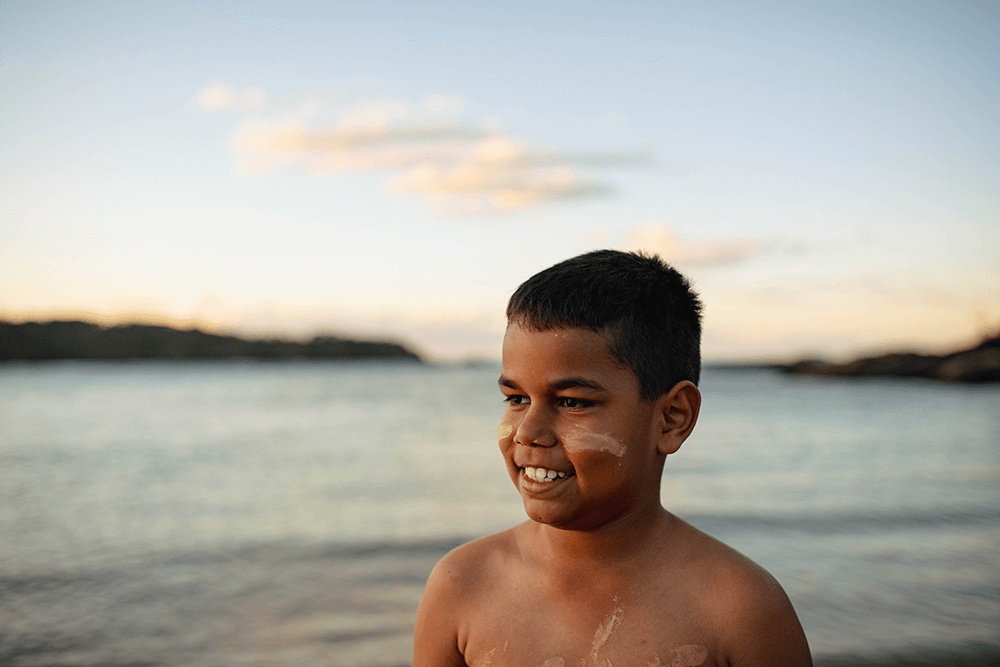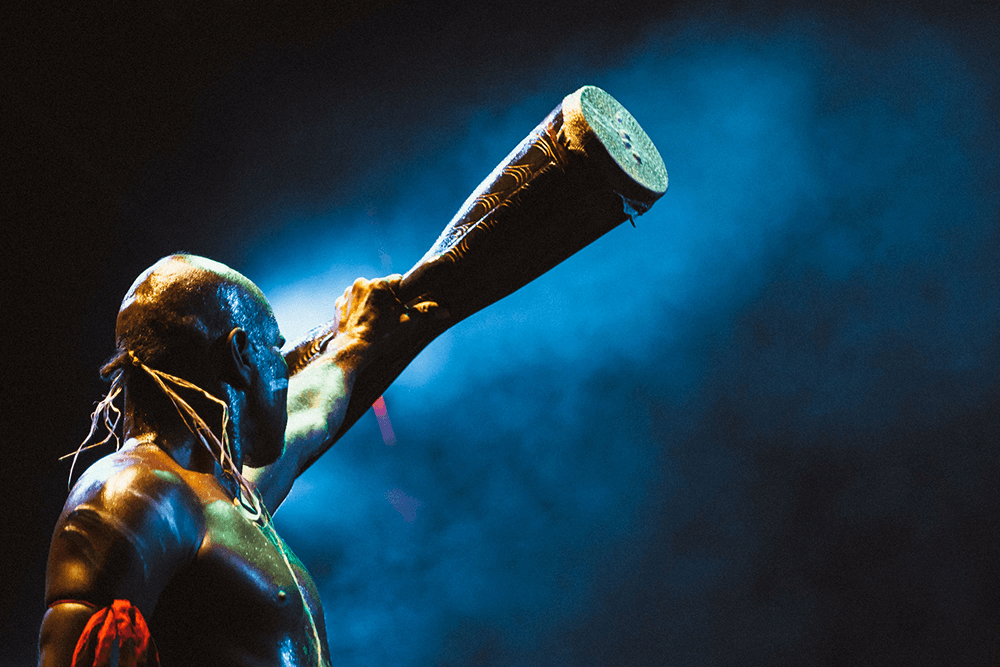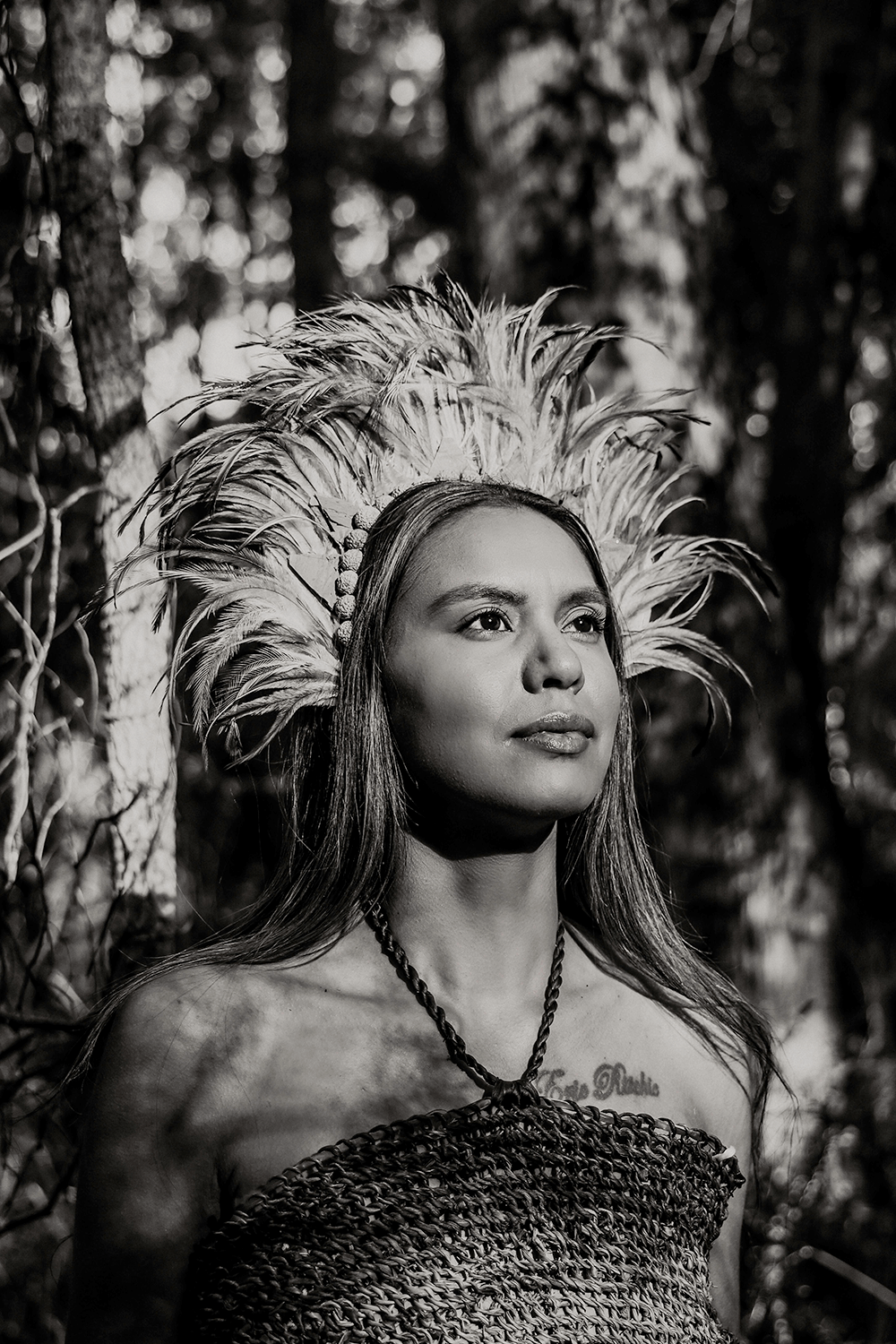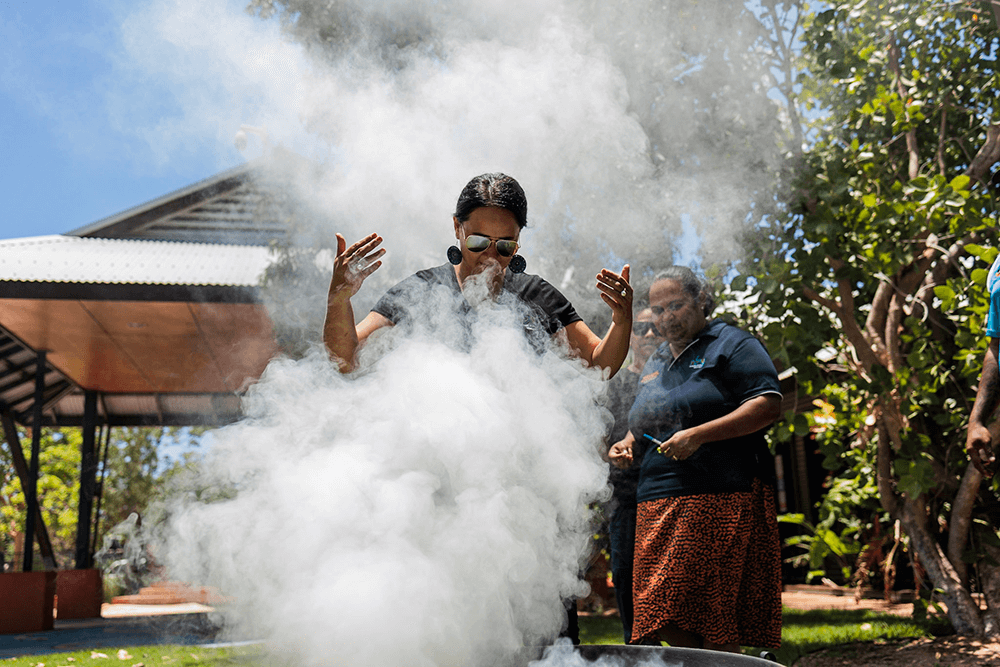https://www.canon.com.au/get-inspired/first-nations-photography-protocols
For Indigenous cultures, artistic and creative expressions of the creative arts are important ways of storytelling, transmitting knowledge, preserving, celebrating and expressing culture and languages, reclaiming and maintain culture as well as passing culture down to future generations and raising awareness about Indigenous issues. (Source)
We asked members from Blak Lens to share their experiences and advice for photographers looking to capture First Nations related content. Blak Lens is a community made collective of established, emerging and aspiring First Nations photographers and videographers across Australia.
Image by @wayilacreative
Australia’s unique First Nation’s history is rooted in tens of thousands of years of heritage and continuing practice. With its diverse and beautiful cultural practices, it’s understandable that many creatives are drawn to photograph and document First Nations People, places and practices. Despite good intentions, there are many practices that may result in disrespectful and triggering outcomes for First Nations Peoples. For this reason, it’s important to research, learn and understand protocols around the appropriate ways of engagement with First Nations cultural material, peoples and communities.
Before documenting First Nations related subjects/places consider the following:
1. Assess your intentions. Will your documentation be empowering?
2. Know what Country you’re on. The AIATSIS map is a good place to start.
3. Reach out to the local land councils or Elders for permission to document on their land. Be clear of your motive and your intentions to distribute the material you capture.
4. Connect with community members to get a localised understanding of the people and practices. Be conscious and respect that communities are not required to share information with you as it may be sacred and protected.
5. Consider if you’re the right person to tell the story? Involve and elevate First Nations creatives to tell and document their own stories.
“Protocols are important to ensure the integrity of tradition specific to each nation.”
(bwellisphotography)
Albert David performing for Airileke; WOMADelaide, Kaurna Country, 2014.
Image by Benjamin Warlngundu Ellis
• Avoid practice of documenting that is exploitive.
• Documentation should be empowering.
• Positive experiences encourage more collaboration between First Nations and non-Indigenous creatives.
• It’s important to let First Nations people document and tell their own stories. No matter how much you learn and listen, it’s a perspective you won’t be able to share.
• Consultation with First Nations people is of utmost importance. Not only is it respectful but your documentation will be stronger for it.
Don’t photograph gravestones and tombstones
“I once had to ask a photographer to take down a picture of my nephew’s grave that she had sold to a stock images site. and caption it ‘Grave at Thursday Island’. My aunt later came across it in an article which was triggering for her.” (talei_elu)
Sacred sites are places within the landscape that have a special meaning or significance under Aboriginal tradition. These can include natural features like hills, rocks, waterholes, trees, plains and lakes, or man-made sites such as gravesites. (Source) These sites are very important to the local people and usually have restricted access as they may feature totems and objects of importance. If images are taken and reproduced without permission, then it’s seen as very disrespectful.
Research the location you are shooting at. If it’s a sacred site obtain permission to be there and photograph it
A good place to start is to contact the local land councils, art centres, community admins/elders or police.
Image by Marley Morgan Photography
“As someone who travels a lot, I always reach out to traditional owners to tell them my reasons for visiting, show them my work and intentions. I do this to get their blessing, and also offer any photoshoots to Elders for allowing to work there.” (trentwhite_photo)
“It’s distressing to see deceased people in photographs use a disclaimer or not at all. When it comes to editing images don’t overexpose skin tones to avoid white washing.” (claudinethorntoncreative)
Australia is made up of over 250 Aboriginal Nations, each with their own unique languages, cultures and customs (Source). It’s important to learn localised processes to ensure respectful documentation and prevent the spread of misinformed or stereotypical content.
“When at protest, cultural events or gatherings, Blak photographers have priority.”
(@marleymorganphotography)
Image by Michael Jalaru Torres
“Don’t paint traditional designs someone up if you’re not Indigenous or not your mob. Always respect and listen to First Nations voices, and don’t try to put your narrative over it or make it your idea of an fantasy. Do it for the right reasons, not to get prizes or enter competitions.” (nharla_photography)
To learn more on First Nations photography protocols, please visit these resources:
Protocols For Using First Nations Cultural And Intellectual Property In The Arts.
Aboriginal Areas Protection Authority
Aboriginal Land Council
AIATSIS Map
Blak Lens Collective




